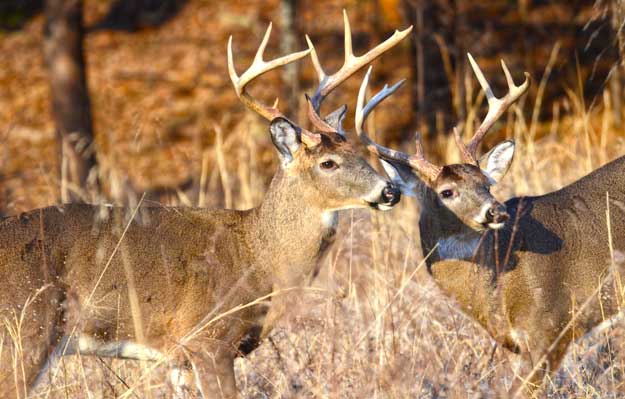Brandon Bobo | Mossy Oak ProStaff

If there’s not a WMA on the U.S. Forest Service land you’re planning to hunt, then the Forest Service biologist should be able to provide the best information. However, if you’re hunting on a WMA on U.S. Forest Service land, then the WMA’s wildlife biologist is probably your best source of information.
One of the reasons that I believe the wildlife biologist who’s responsible for that WMA can tell you the best place to find an older-age-class buck is that hunters check in their deer and turkeys on the WMA and are supposed to tell the biologists where they’ve taken the animals or birds.
Another advantage that the WMA biologist can give you is evidenced by what happened to me last year when I saw a really nice buck on Choccolocco WMA in the Talladega National Forest.
I asked the biologist this season if a particular big buck that I had seen the previous season had been taken. The biologist said, “No, I haven’t seen a buck of that size and those numbers of points checked in from that area last year. So, I think that buck should still be there this year.”
I’m not special. The biologists on U.S. Forest Service and WMA lands try to help hunters pinpoint and take deer. A biologist is on that WMA almost every day, cruising the land, looking for where there needs to be timber stand improvement, and where the biologists need to do prescribed burning and other forest management practices.
While the biologist is cruising the land after the season, he’s seeing turkey hens with their chicks, places where most gobblers are courting their hens, scrape lines and rub lines of deer, food plots where does hang out that may not be easy for hunters to get to and places to hunt where there’s an abundance of deer and turkey sign that’s hard to reach and few, if any, hunters hunt there. Get to know the wildlife biologists and enforcement officers in your area for insight into the wildlife on pubic lands.



























